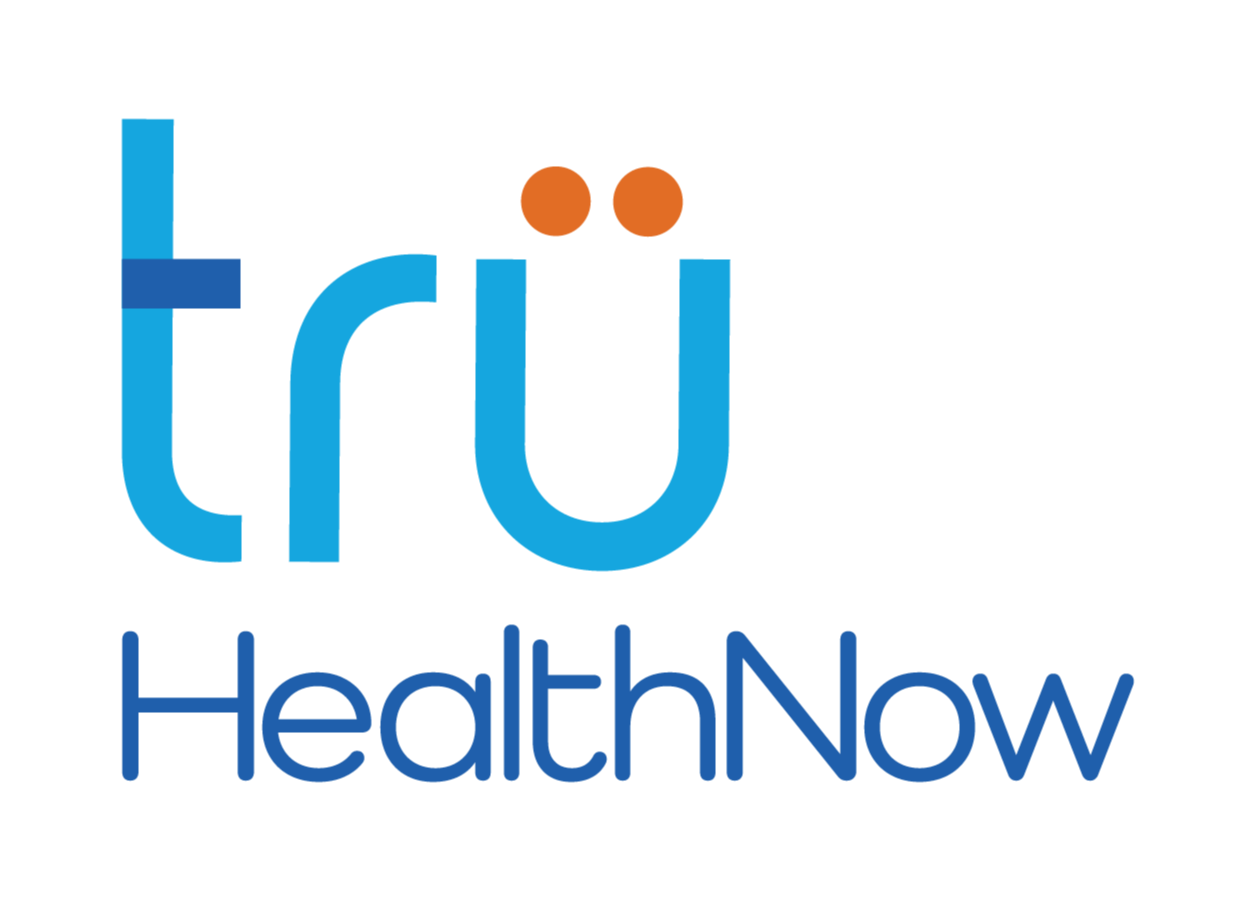
Echocardiograms
An echocardiogram, commonly known simply as an "echo," is a non-invasive diagnostic test that uses sound waves to create real-time heart images. It is a safe and painless procedure that provides valuable information about the heart's shape, function, and size. In addition, this image helps doctors to find heart disease or recognize other heart conditions. This test is also known as a Heart sonogram and Heart ultrasound.
How is This Test Performed?
During an echocardiogram, a trained technician or doctor will place a small transducer on the chest, emitting high-frequency sound waves that bounce off the heart and form an image on a screen. The images produced by an echocardiogram can show the heart's chambers, valves, and blood flow, allowing healthcare providers to identify any abnormalities or conditions affecting the heart.
Different Types of Echocardiograms
There are various kinds of echocardiograms that doctors or healthcare professionals may use to diagnose and evaluate heart conditions. Each type of echocardiogram provides different information about the heart, and the specific type used ultimately depends on the patient's needs and medical history.
Transthoracic Echocardiogram (TTE)
Transthoracic Echocardiogram (TTE) is the most common kind of echocardiogram. A technician places a small transducer on the chest during the test that emits high-frequency sound waves to create a heart picture. However, if a person has a tumor, a tear in the esophagus, or bleeding in the upper gastrointestinal, then they should not do this test.
Stress Echocardiogram
A stress echocardiogram is used to evaluate how the heart responds to physical exertion. During this test, the patient will exercise on a treadmill or stationary bike at a medical office while the technician uses a transducer to create images of the heart. This test is typically used to diagnose coronary blood vessel disease or to evaluate the effectiveness of treatment.
Transesophageal Echocardiogram (TEE)
The main aim of a transesophageal echocardiogram (TEE) test is to get clear images of the heart's structures. During a TEE, a small, flexible tube with a transducer on end is passed through the mouth and down the esophagus, providing a close-up view of the heart. TEE is often used to diagnose various things, such as:
- heart valve disorders
- infections in the heart
- blood clots
3D Echocardiogram
A 3D echocardiogram is a newer type of echocardiogram that provides a more detailed, three-dimensional image of the heart. 3D echocardiograms can be performed using either a transthoracic or transesophageal approach and can provide valuable information about the shape and function of the heart.
What Does an Echocardiogram Show?
An echocardiogram is a non-invasive test that uses sound waves to create images of the heart. This test provides valuable information about the heart. Here are some of the things an echocardiogram may show:
- Septal wall defects
- Pericarditis
- Cardiomypathy
- The movement of the heart muscle
- Congenital heart disease
- Atherosclerosis
- Cardiac tumor
- Atrial wall defects
- Pericardial effusion
- The thickness of the heart muscle
- Heart failure
- The flow of blood through the heart
- Aneurysm
- Heart valve disease
- The size and shape of the heart's chambers
Precautions to Take Before and After the Test of Echocardiogram
Echocardiograms are safe and non-invasive tests. However, there are some precautions that patients should take before and after the test to ensure the best possible results. Here are some precautions to keep in mind:
Precautions to Take Before the Test:
- Follow your Healthcare Provider's Instructions
Your healthcare provider may provide specific instructions for preparing for the echocardiogram. This may include fasting before the test or avoiding certain medicines.
- Wear Comfortable Clothes
You'll need to take off your shirt during the test, so it's a good idea to wear comfortable clothing that can be easily removed.
- Tell the Doctor About Your Medical Condition
Before going for an echocardiogram test, make sure you have consulted with your healthcare provider about your medical condition. Tell them if you have any chronic disease, as it will be helpful for them to suggest to you which kind of echocardiogram test is appropriate for you.
After the test:
- Stay Hydrated
Drinking plenty of fluids can help improve the quality of echocardiogram images; that’s why drinking an adequate amount of water regularly.
- Take Prescribed Medicine on Time
Don't be irregular when it comes to taking medicine after the echocardiogram test. Unless the doctor tells you otherwise, keep taking any medicines as prescribed.
- Follow Up With Your Healthcare Provider
If you have any questions or concerns after an echocardiogram, don't hesitate to contact your healthcare provider.
Final words
It's vital to follow the instructions from your healthcare provider before going for the test. The reason is that they have great experience and knowledge in this field. Doctors will consider various aspects of you and then suggest which test is right for you.
Sign up for our newsletter






%201.png)
